The hemp plant, from which CBD is derived from, is the sister plant to cannabis, her more psychoactive sibling. Both plants contain a lot of similar compounds in their resin. The only major difference being the concentration of THC (hemp plants must test at 0.3% or less for THC). Cannabinoids aside, there other compounds found in both hemp and cannabis that give it the characteristic skunky and green flavor.
What gives CBD oil that ‘green’ taste?
In a less refined extract, there are still other compounds present that can create a strong flavor on the oil. Compounds like lipids & fats, natural pigments like chlorophyll, and aromatic compounds are among the many that can create unique flavor profiles.
These compounds can be removed using at home techniques with a few simple tools.
Chemical engineering from your kitchen
One of the easier ways to refine and make better CBD oil at home is to use a basic filtration setup. If you are familiar with laboratory extraction, you may have heard the term Sieve before. This is a technique used to separate a target compound or group of compounds from a liquidus solution.
The goal of this process is to allow the smaller molecules to run through the filter, leaving larger particles trapped in and above the filter material. This process can help remove some compounds that may be imparting flavor in your CBD oil. To start you will need to collect a few items:
Materials:
- Stainless steel, ceramic, or silicone funnel
- Container (compatible with your funnel size)
- Filter paper (optional substitute: paper towels)
You can begin by forming your filter paper to the shape of the inside of your funnel. Carefully pour your oil into the filter paper lined funnel and allow time for it to fully drain into your container. Repeat as needed until desired purity/taste.
You can pick filter paper based on the size of the molecule you are looking to extract, in this case cannabinoids. Coarse cellulose filter paper is good for rough filtration, but a finer option like AlphaMedia, Nylon membrane, or Ahlstrom 617 for oil based, distilled liquids, and smaller particle sizes may work best in this application.
Masking flavor through gastronomy techniques
Volatile compounds like terpenes and flavonoids may be present in the extract, many of which are physically smaller than a cannabinoid molecule making it almost impossible to separate from the oil without laboratory tools and technical extraction techniques.
Chefs and product formulators have begun working with these curious flavors, rather than trying to omit them completely. This has sparked a cannabis and CBD food renaissance; where edible recipes are designed to complement and work with the strong flavor of the extract.
Similar to classic culinary chemistry, you can use other strong flavors to balance or even neutralize an overpowering note in a dish.
Some key takeaways from gastronomy:
- Bitter can be neutralized by salt, sweet, baking soda, fats
- Earthy can be neutralized by sour
- Sour can be neutralized by salt or sweet
Pairings that work well with CBD oil with a strong taste:
- Citrus
- Rosemary
- Basil
- Garlic
- Lavender
- Coffee (Black)

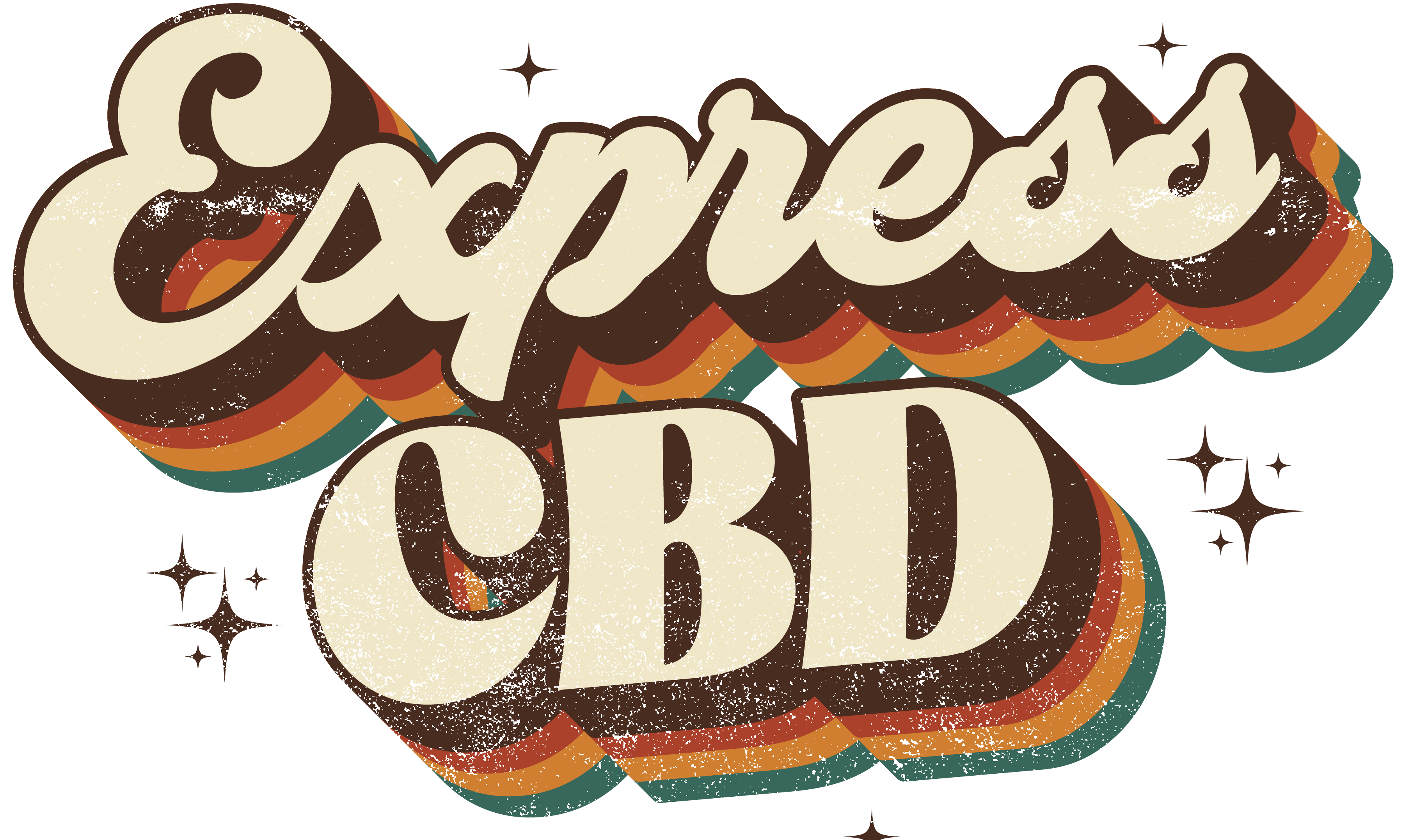
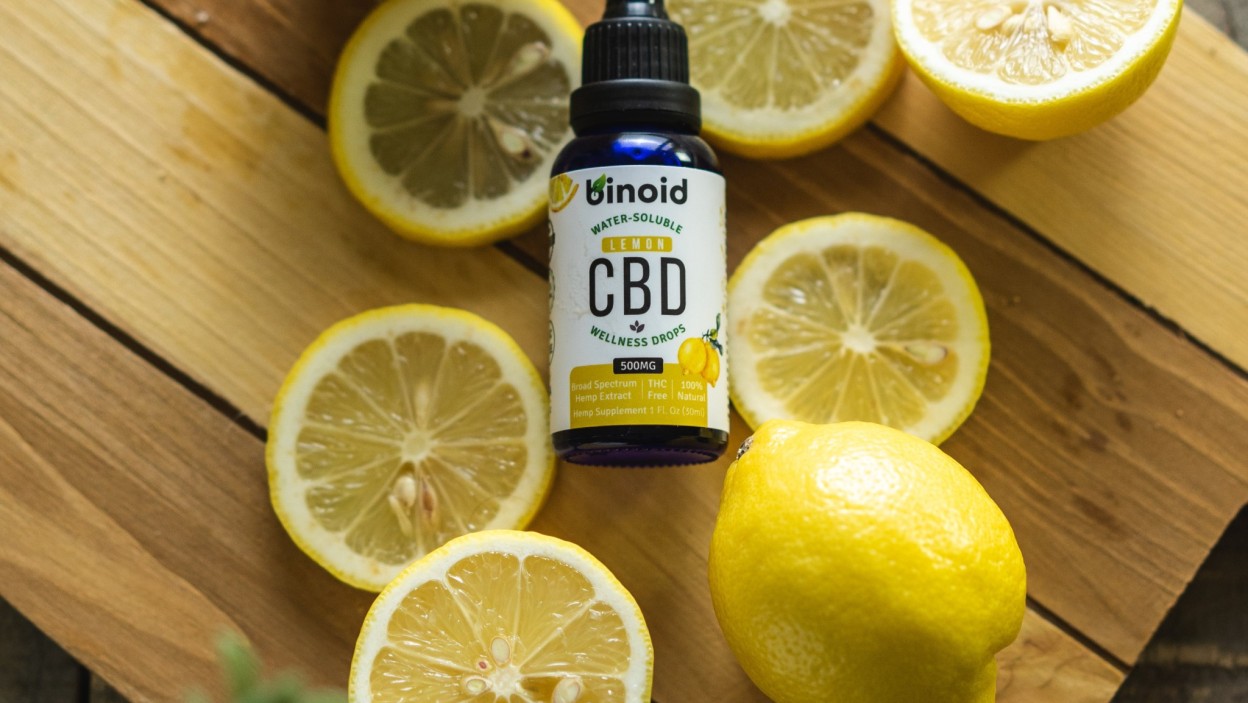
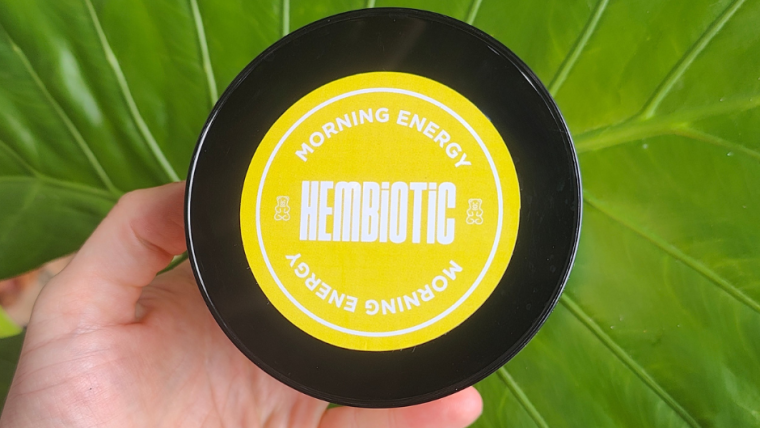
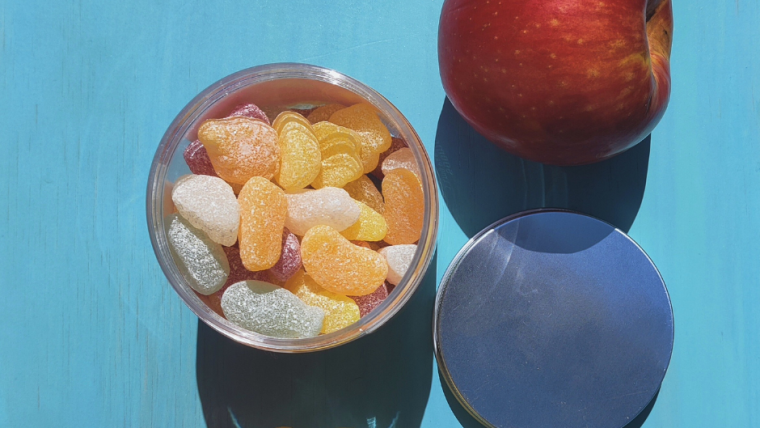
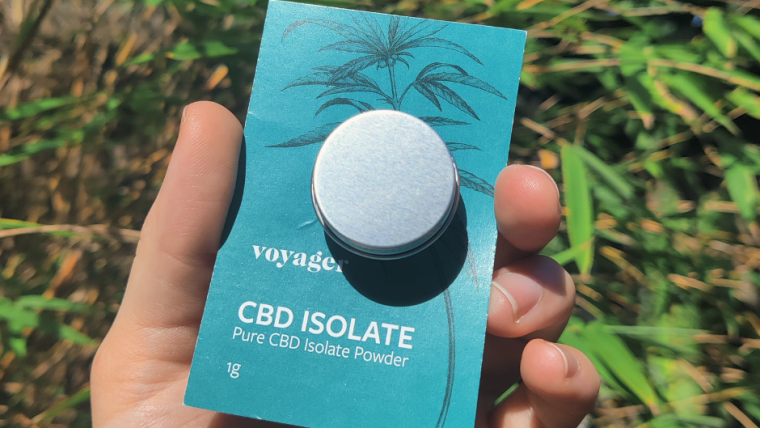
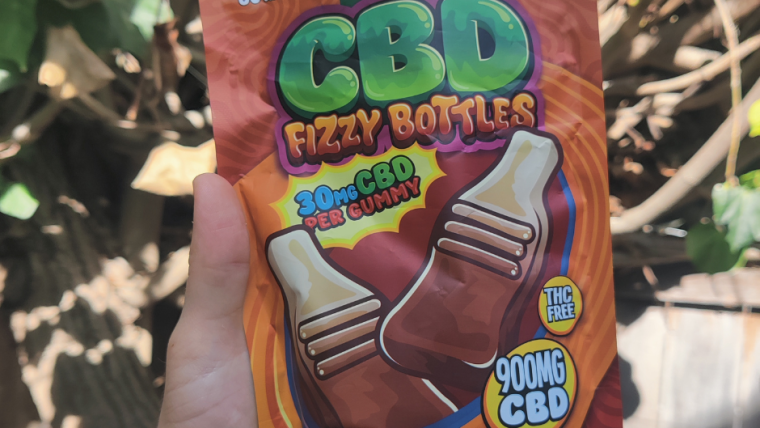
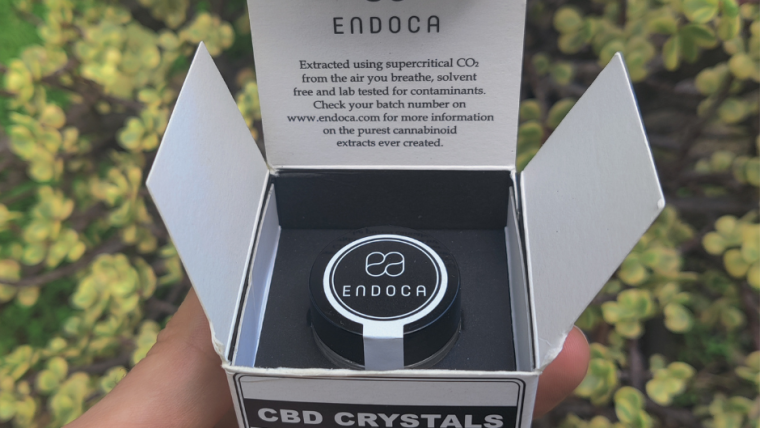

CBD for Pets: Pet Owners Love it, Now Recommended by Your Vet CBD
CBD Bubble Bath and 5 Ways to Build the Ultimate Self Care Routine with CBD
CBD Beverages Like Trip CBD Add a New Flare to the Edibles Market
CBD Cookie Dough & Incredibly Simple CBD Edibles You Can Make at Home
Is CBD Oil Legal in Spain?
Easing Anxiety: How to Take CBD Oil for Anxiety in the UK
The Current and Future Legal Landscape of CBD Flower in the UK
LVWell CBD Raw 5000mg CBD Oil Review